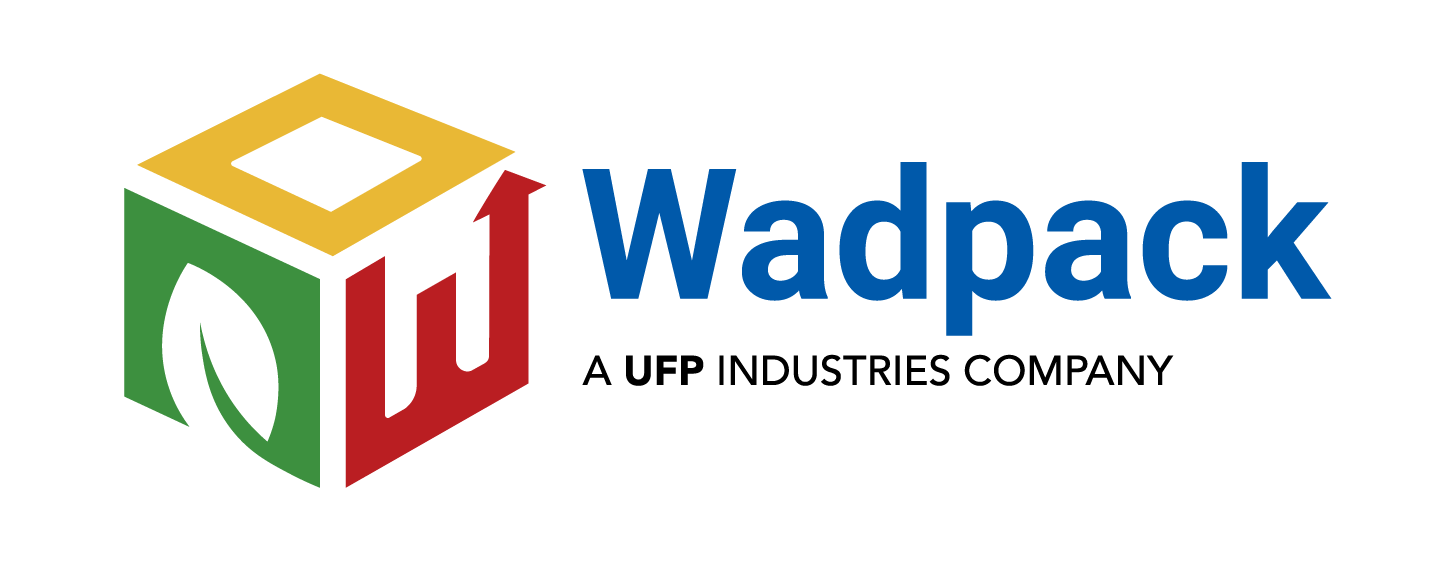Areas in Which Smart Packaging Excels

Smart packaging, also known as intelligent or active packaging, represents a revolutionary approach to traditional packaging, offering innovative solutions to various challenges faced by the packaging industry and consumers alike. This advanced packaging technology utilizes sensors, indicators, and other cutting-edge components to monitor, protect, and enhance the products within the package. In this article, we will explore the areas in which smart packaging excels and the numerous benefits it brings to various industries and consumers.
Product freshness and quality
One of the primary advantages of smart packaging is its ability to extend the shelf life and maintain the freshness of perishable goods. Sensors integrated into the packaging can monitor factors such as temperature, humidity, and gas composition, enabling real-time tracking of the product’s condition. For instance, smart labels can detect spoilage-causing pathogens in food products, providing early warnings of potential contamination and reducing food waste. This increased shelf life and product quality translate to cost savings for manufacturers, retailers, and consumers while promoting sustainability by reducing food wastage.
Temperature-sensitive products
Certain products, such as pharmaceuticals and vaccines, are highly sensitive to temperature fluctuations. Smart packaging with built-in temperature sensors ensures that these temperature-sensitive products remain within the required temperature range throughout the supply chain. If deviations occur, the packaging can trigger alerts, allowing corrective action to be taken promptly to prevent product degradation or spoilage.
Product authentication and anti-counterfeiting
The rise in counterfeit products across various industries is a significant concern. Smart packaging offers robust anti-counterfeiting measures by incorporating technologies like RFID (Radio Frequency Identification) tags, QR codes, or NFC (Near Field Communication) chips. Consumers and supply chain participants can use smartphones or handheld devices to authenticate products, ensuring they are genuine and safe for use.
Tracking and traceability
Smart packaging facilitates real-time tracking and traceability of products during the entire supply chain journey. By employing GPS and other location-based technologies, stakeholders can monitor the movement of goods, identify potential bottlenecks, and optimize the logistics process. This level of transparency not only enhances supply chain efficiency but also bolsters product safety and integrity.
Interactive packaging and consumer engagement
Smart packaging enables brands to engage consumers through interactive experiences. QR codes, NFC, or augmented reality (AR) elements on the packaging can provide access to product information, promotions, and personalized content. This interaction fosters brand loyalty, boosts customer engagement, and provides valuable insights into consumer preferences and behavior.
Sustainability and waste reduction
Smart packaging technologies can contribute to sustainability efforts by reducing waste and promoting responsible consumption. Packaging sensors can detect the freshness of food items, prompting consumers to use products before they expire, thus reducing food waste. Additionally, smart packaging materials that are biodegradable or compostable can reduce the environmental impact of packaging waste.
Safety and tamper detection
Smart packaging can incorporate tamper-evident features, ensuring the integrity of the product and preventing unauthorized access. For instance, a package with a built-in NFC tag can detect if it has been opened before reaching the consumer. This enhances consumer confidence and safety by reducing the risk of tampering and contamination.
Time and temperature-sensitive medications
Smart packaging plays a crucial role in the pharmaceutical industry, where certain medications require specific storage conditions. Temperature-sensitive medications, such as insulin or vaccines, can be equipped with smart packaging that monitors and maintains the required temperature range. Patients and healthcare providers can receive alerts if the temperature deviates, ensuring the medications’ efficacy and safety.
Extended product information and compliance
With limited space on traditional packaging, conveying detailed product information and regulatory compliance data can be challenging. Smart packaging addresses this issue by utilizing technologies like RFID or QR codes to provide access to comprehensive information such as nutritional details, allergen warnings, and usage instructions.
Sustainability certifications and product provenance
Smart packaging can integrate blockchain technology to offer consumers insights into a product’s journey from production to delivery. This provides assurance regarding the product’s authenticity, sustainability credentials, and ethical sourcing practices, which are increasingly important considerations for modern consumers.
Convenience and ease of use
Smart packaging can enhance consumer convenience by incorporating user-friendly features such as peel-off indicators, color-changing labels, or interactive elements. These features simplify product usage, making it more intuitive for consumers to understand product features, expiration dates, and appropriate handling instructions.
Pharmaceutical adherence and reminders
For patients with chronic conditions or complex medication regimens, smart packaging can help improve medication adherence. Smart pill bottles or blister packs with reminder features can send alerts to patients’ smartphones, ensuring they take their medications as prescribed.
In conclusion, smart packaging represents a transformative approach to traditional packaging, excelling in numerous areas by enhancing product freshness and quality, improving safety and authenticity, reducing waste, promoting sustainability, and engaging consumers in interactive experiences. As technology continues to advance, smart packaging is expected to play an increasingly pivotal role in transforming industries and revolutionizing the way products are packaged, delivered, and experienced by consumers. The integration of intelligent packaging solutions into supply chains offers a promising future for a more efficient, sustainable, and consumer-centric packaging ecosystem.




Leave a Comment